
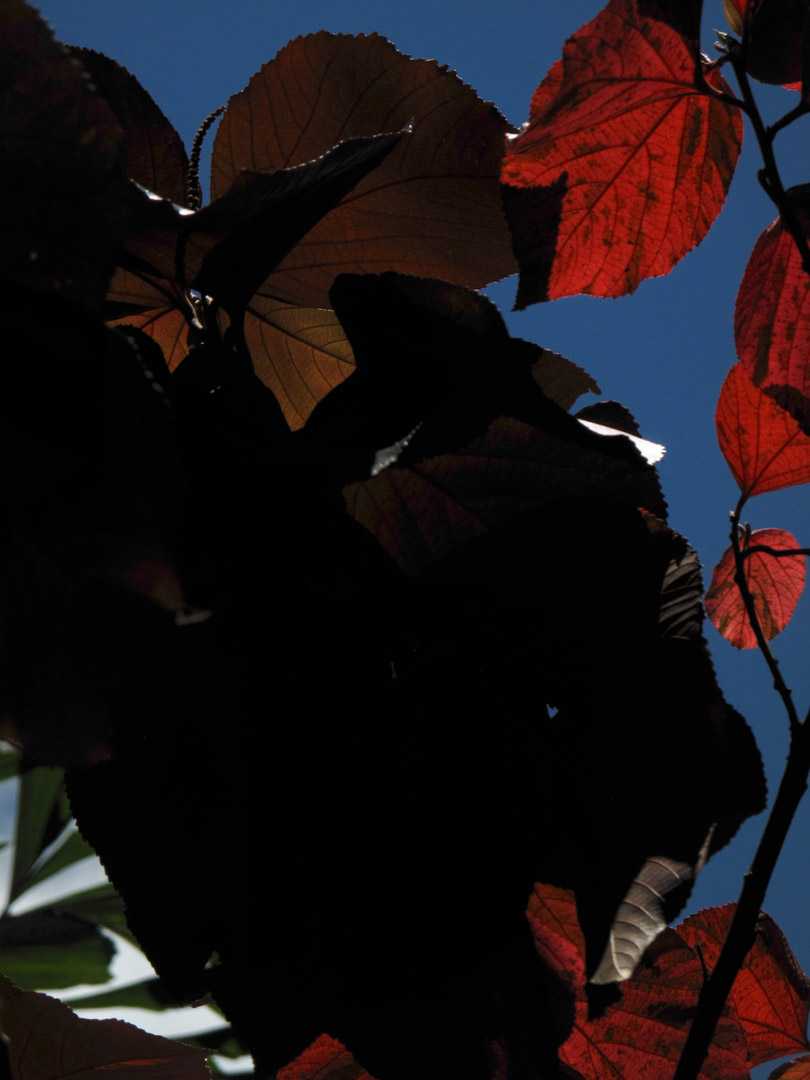

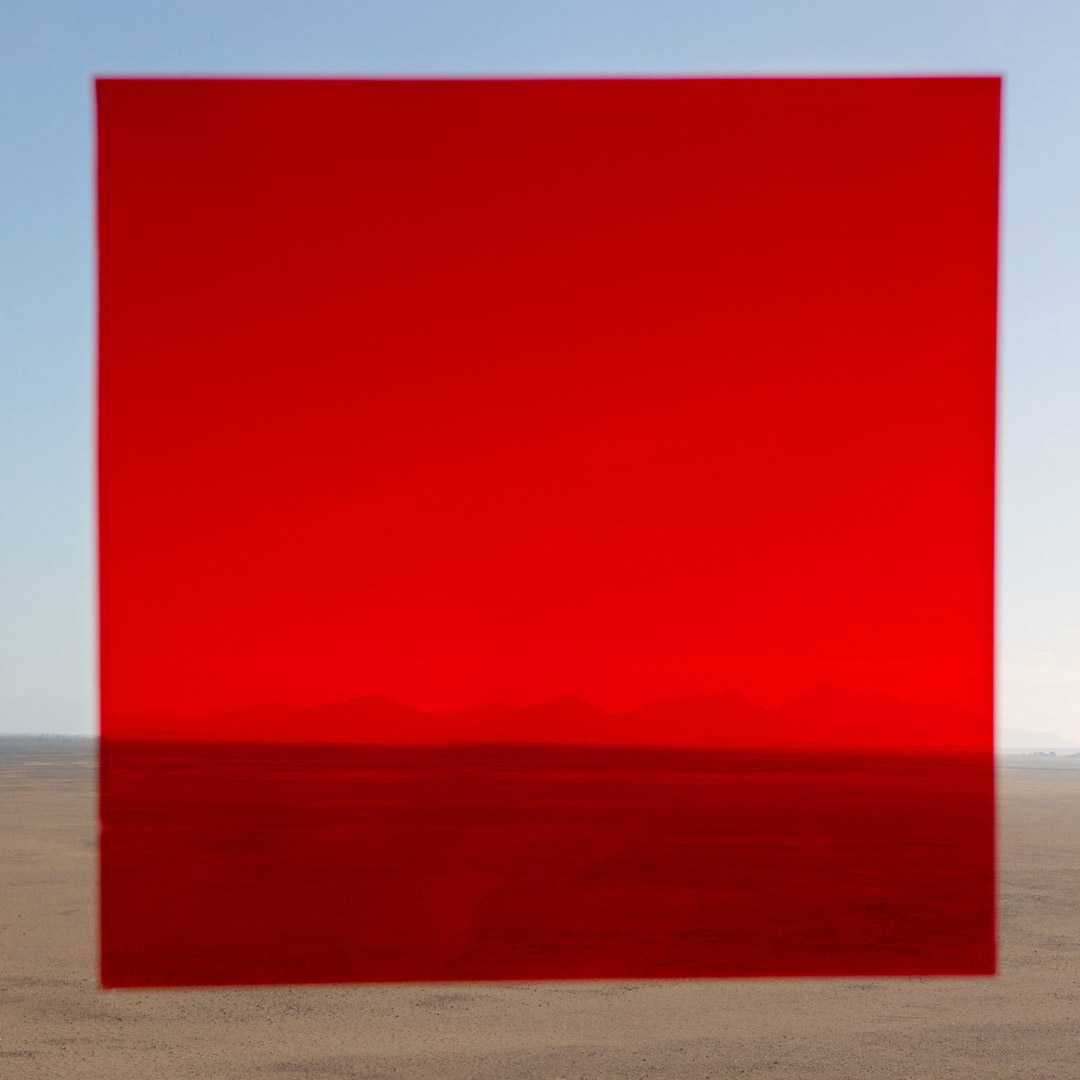

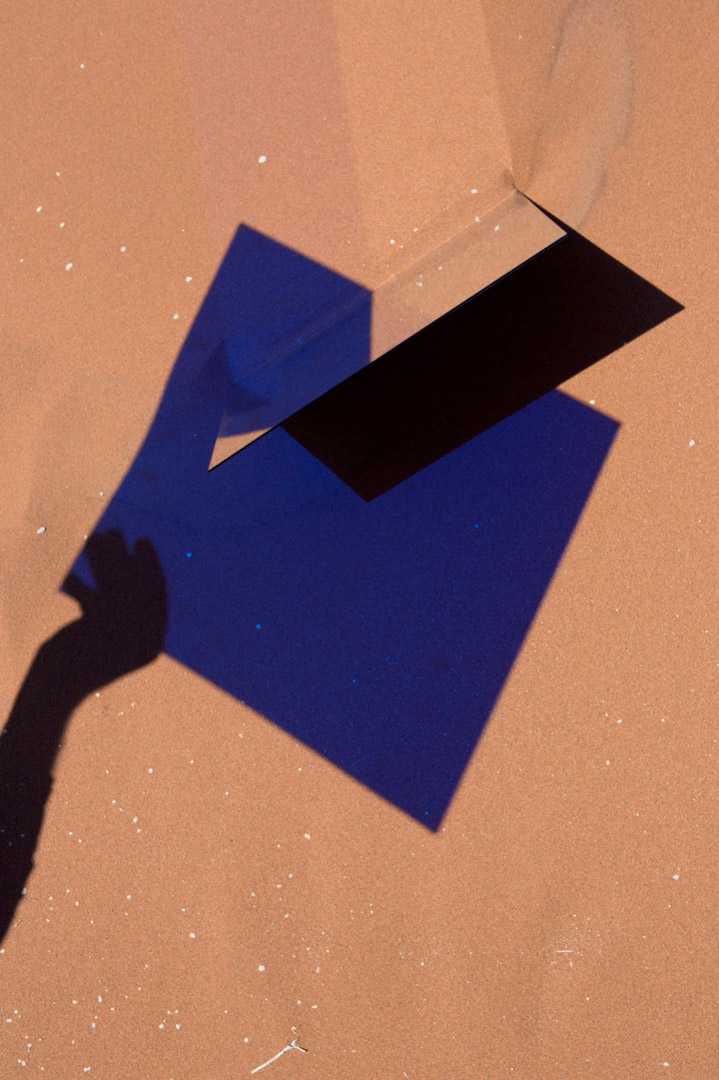
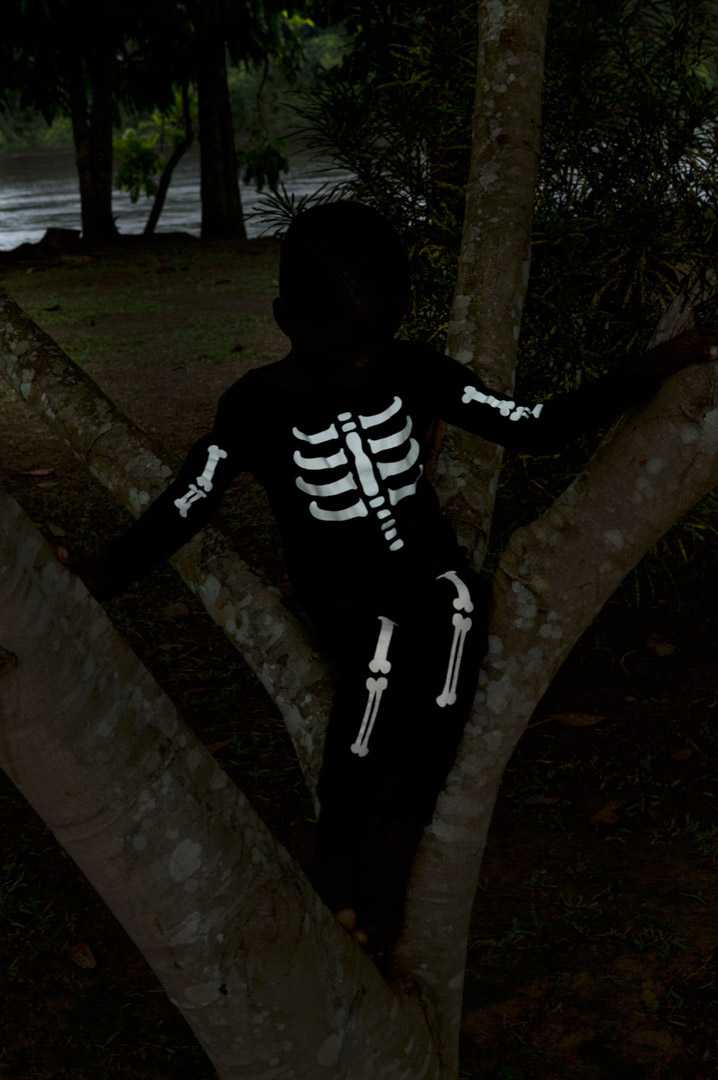
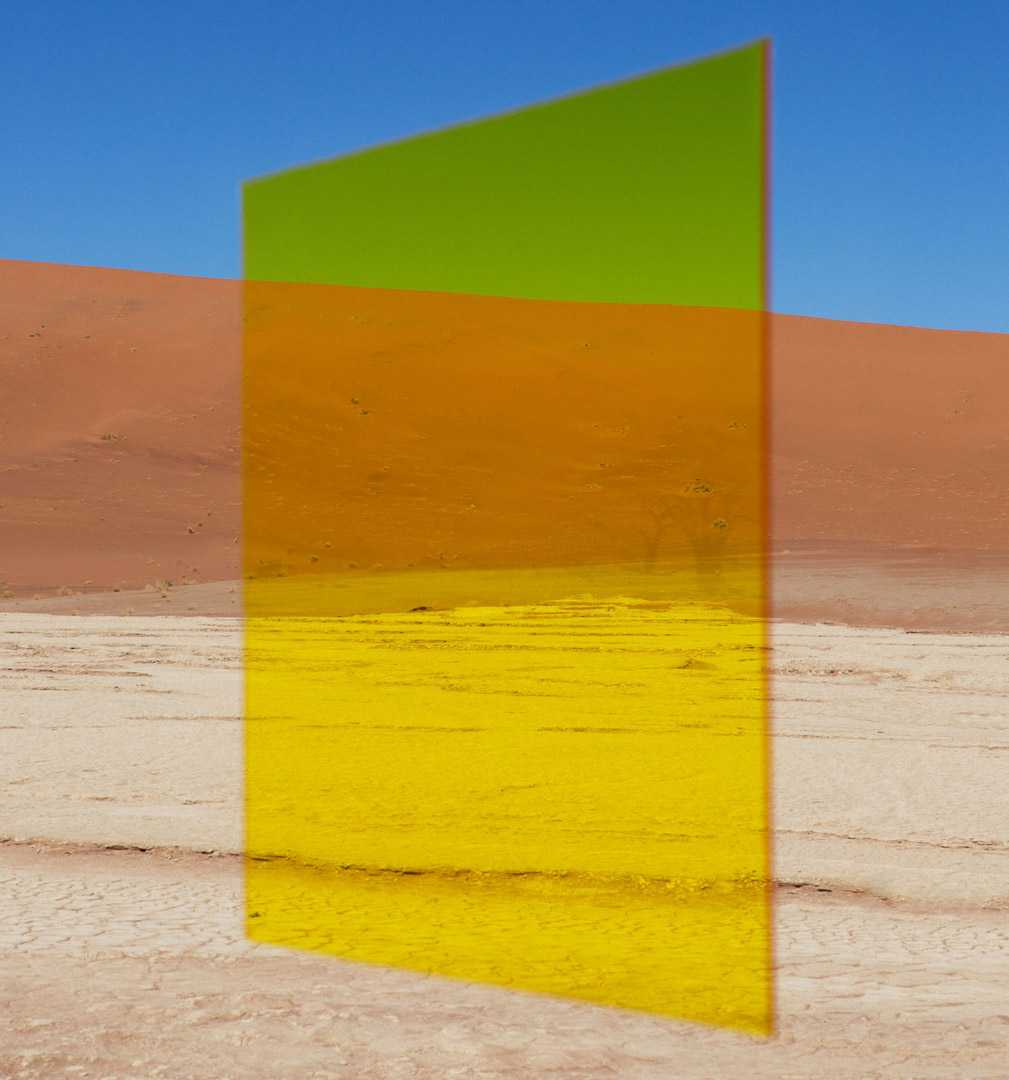
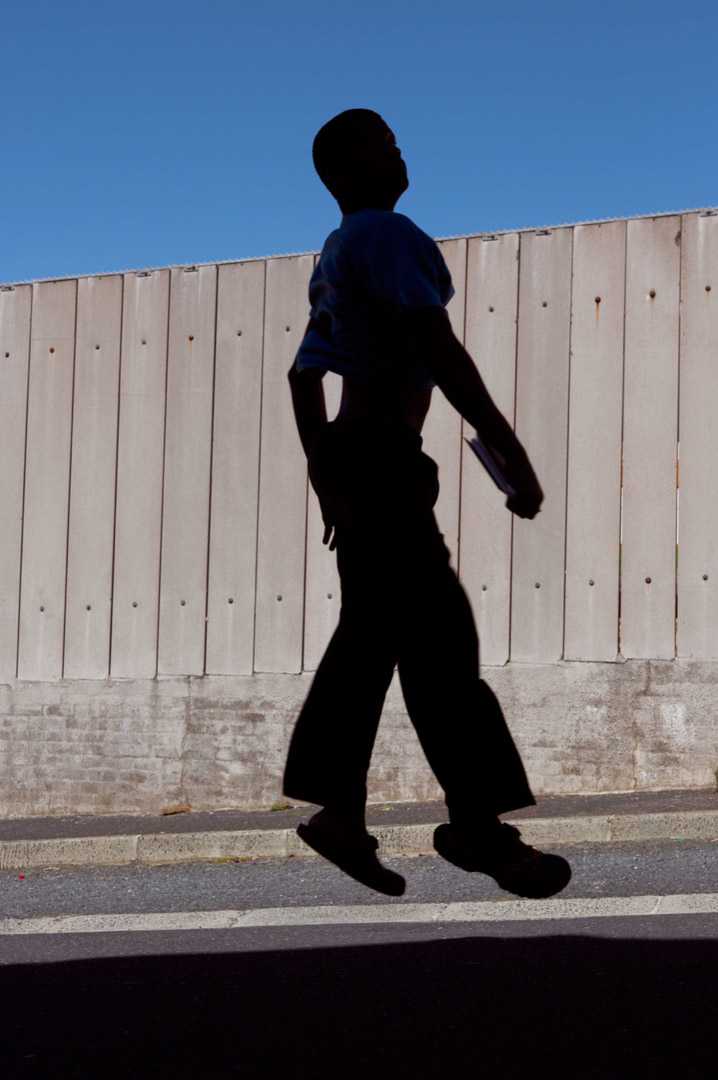
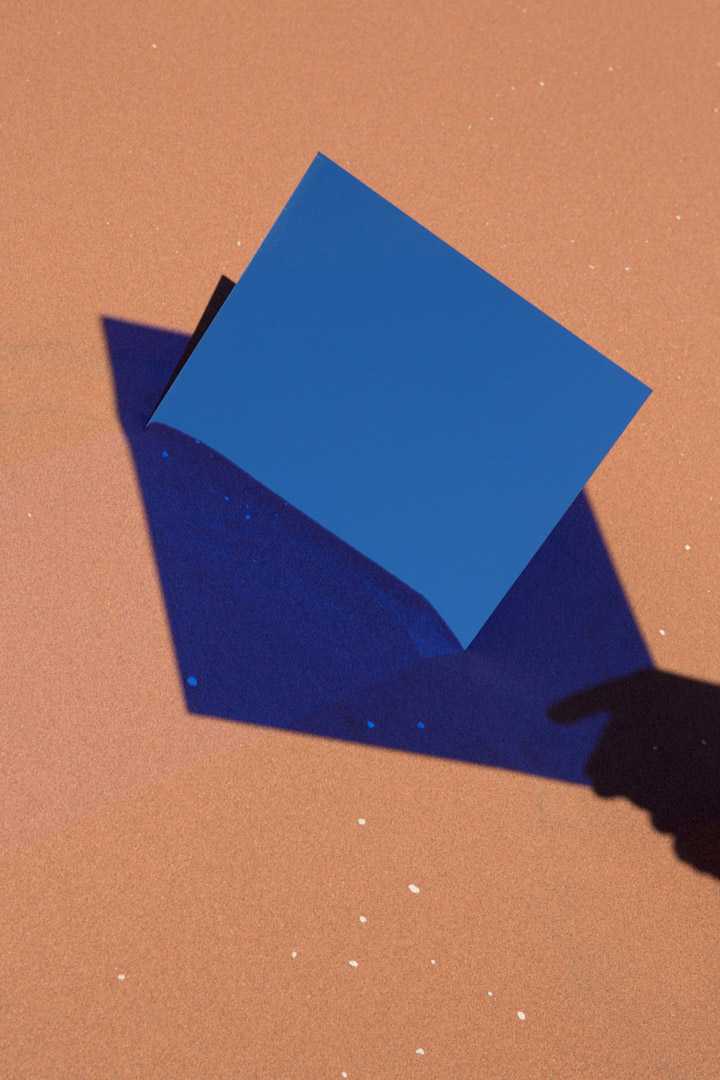
GUP TEAM
Umbra
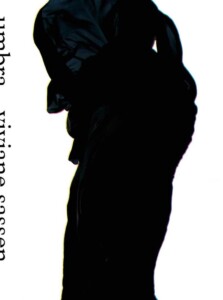
Paperback with flaps / 196 pages / 260 x 350mm
£40
The shadow is one of life’s rare constants, rarely noticed and yet, life would seem strange without it. In photography, finding the balance between light and dark is vital in order to illuminate the subject in the best way possible. In her new book Umbra, Viviane Sassen (1972, The Netherlands) looks to the shadow as the focal point, acting as a study for something that is otherwise overlooked or used only as an enhancement of something else. The book is based on her eponymous award-winning photo series, named for the Latin word meaning shadow, and explores it as a metaphor for anxiety and desire, a symbol of memory and hope, and as an evocation of imagination and illusion.
The images in the book span a range of subjects: from abstract, Rothko-like colour studies in the desert, intensely-hued (the brightness alone makes the book stick in the memory) geometric shapes protruding from orange sand, to mysterious portraits of isolated figures in Africa. The shadow is always present, sometimes a light grey shade hanging over the main focus and other times high-contrast, completely obscuring the subject in darkness. Mirrors are also a recurring theme, reflecting colour or limbs, leading to a surreal, impossible body lying on a bed. Sometimes the shadows add a delicate element, leaf shapes tracing the surface of soft skin and in other instances, the shade creates a gloomy atmosphere, making a piece of driftwood stranded on the beach look like a dismembered torso. It seems like a huge amount of variety, but this extensiveness of the study means that the subject remains interesting and surprising till the end.
In addition to the photos, poetry by Maria Barnas sits hidden inside many spreads, in folded paper that wouldn’t be found if you were just flicking through. This book requires time and attention to be spent on it, the large size also not lending to five-minute scanning. The folds add another dimension to the study, as the reader creates their own shadows on the white paper whilst prising the pages open. The poems reflect the main themes of the book, with lines such as “Would you mind keeping your shadows / Closer they are bleeding into my life as colour / Flowing into a darkening bruise”, as well as the passage of time, relationships and space. Rather than just acting as an extra element, Barnas’ poems add emotional depth and complexity to the images, making the book a well-rounded whole and adding context to the sometimes-shrouded photographs. Interspersed through the pages are also a few of Sassen’s drawings, one example showing two human shadows overlapping each other. These sketches seem a little odd in comparison with the rest of the content, it being already so varied, but they also shed light on Sassen’s process and the planning that goes into each shot.
The photographer claims that the book is “an enthralling tactile and visual experience” and it seems as if the book lives up to the description. The images are wholly unusual, playing tricks on the mind and this combined with the intense contrast of deep, enveloping black with strong, vivid colours means the reader doesn’t get tired after one look through, but instead cannot wait to start from the beginning again. An entire spectrum of emotion is conveyed as you leaf through the pages and are confronted by many different types of images, from portrait to collage and so on, whilst the poetry grounds it all, finding a place in reality for these abstract photographs, steeped in mystery and almost impossible to look away from.